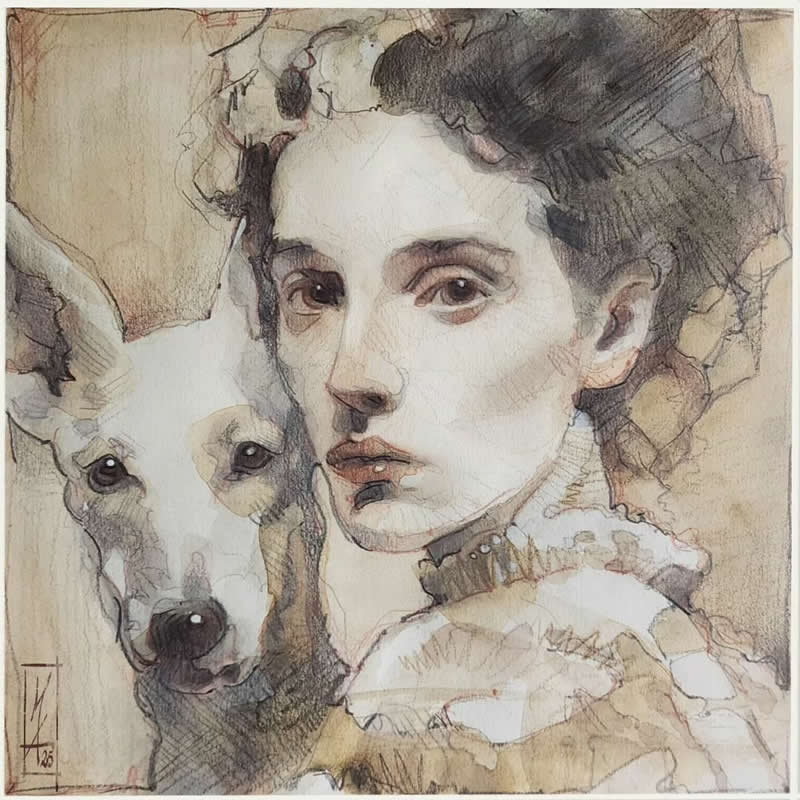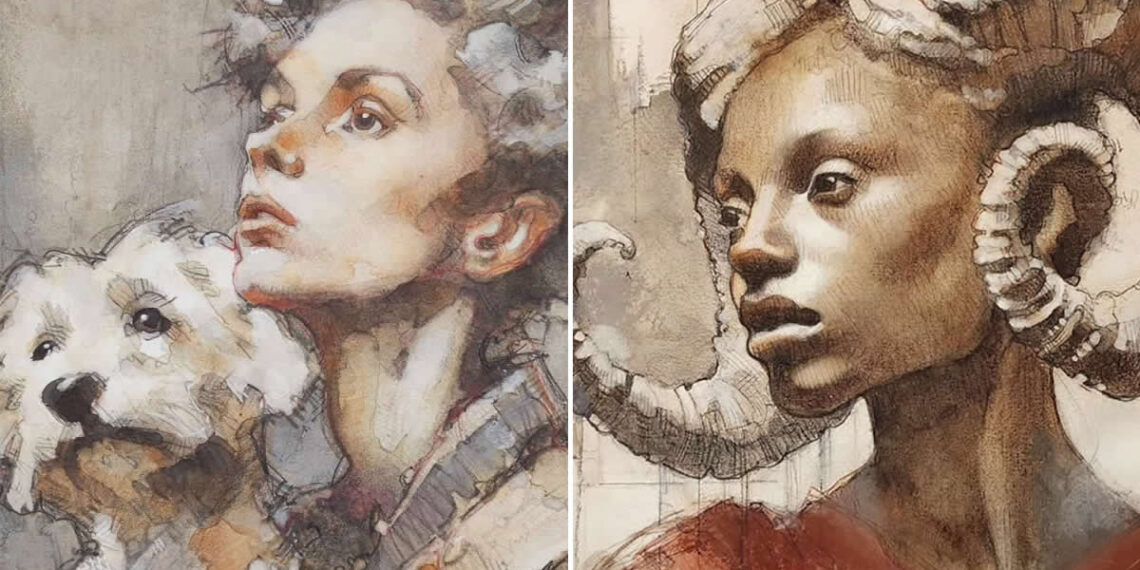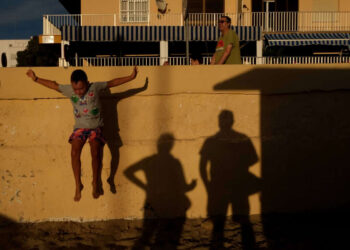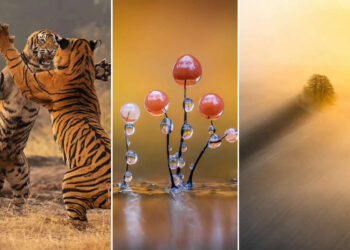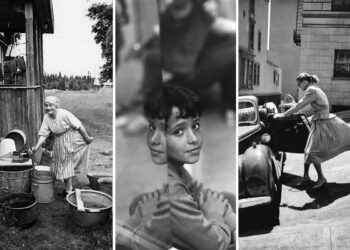There’s something deeply human about the art of Alberto Mancini, an Italian illustrator who paints not just what he sees, but what he feels. Now based in Brazil, Mancini fuses pencil, ink, and watercolor into delicate mixed media portraits that seem to hum with emotion. His works don’t just hang silently — they sing.
Soft washes of watercolor melt into sharp graphite lines, while expressive ink marks pulse like the beat of a drum. Mancini’s portraits are alive, balancing perfectly between realism and abstraction, clarity and chaos. Each face feels like a song in visual form — tender, melancholic, or hauntingly beautiful. And that’s no coincidence. Music is the soul of his creative process. Many of his portraits are named after iconic songs — Sonnet by The Verve, A Letter to Elise by The Cure, Into My Arms by Nick Cave and the Bad Seeds, Desert Rose by Sting. You can almost hear the emotion in his brushstrokes.
What makes Mancini’s work so special is the honesty behind it. His art explores identity, mood, and memory, capturing the fragile intersection between what’s seen and what’s felt. There’s vulnerability in his figures, yet strength in their silence. You can sense nostalgia, rhythm, and inner dialogue in every shade of ink and watercolor.
Alberto Mancini doesn’t just paint portraits — he builds symphonies of color, emotion, and introspection. His work reminds us that true art isn’t about perfect likeness; it’s about resonance. And his portraits? They resonate like your favorite song playing in your head long after the last note fades.
You can find Alberto Mancini on the Web:
#1
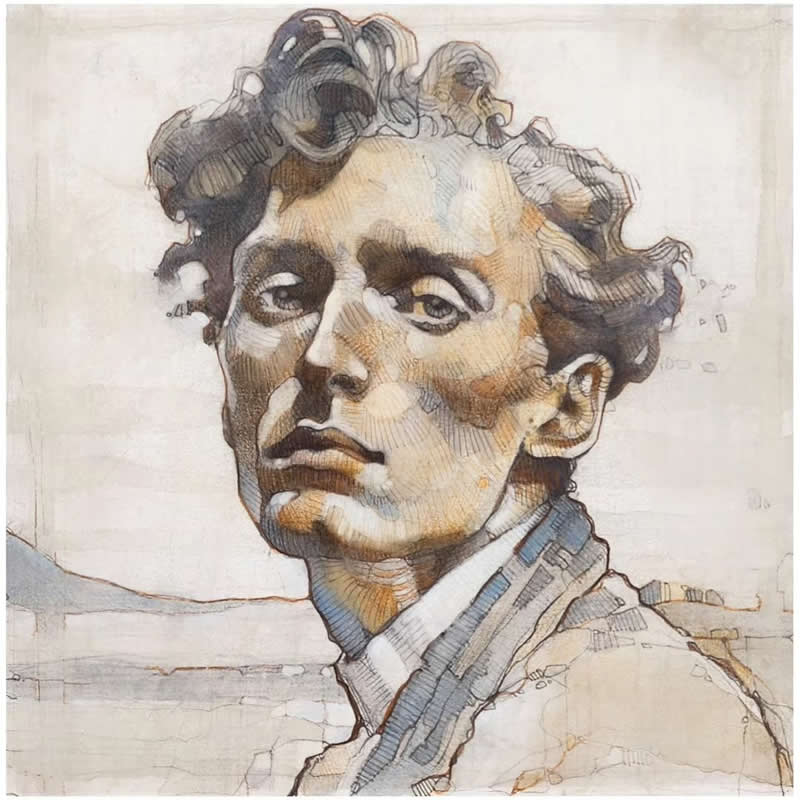
#2
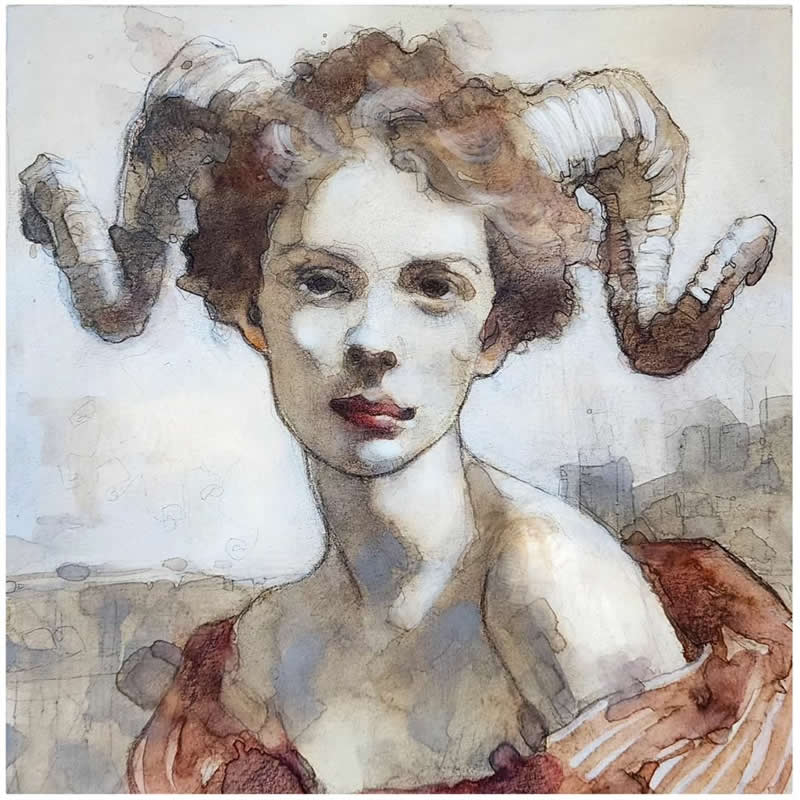
#3
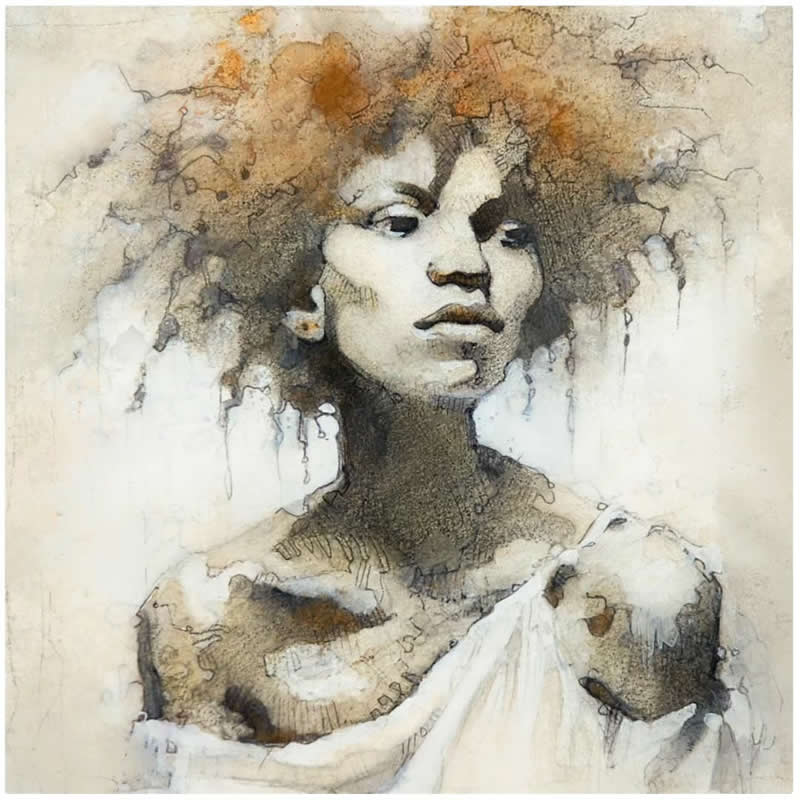
#4
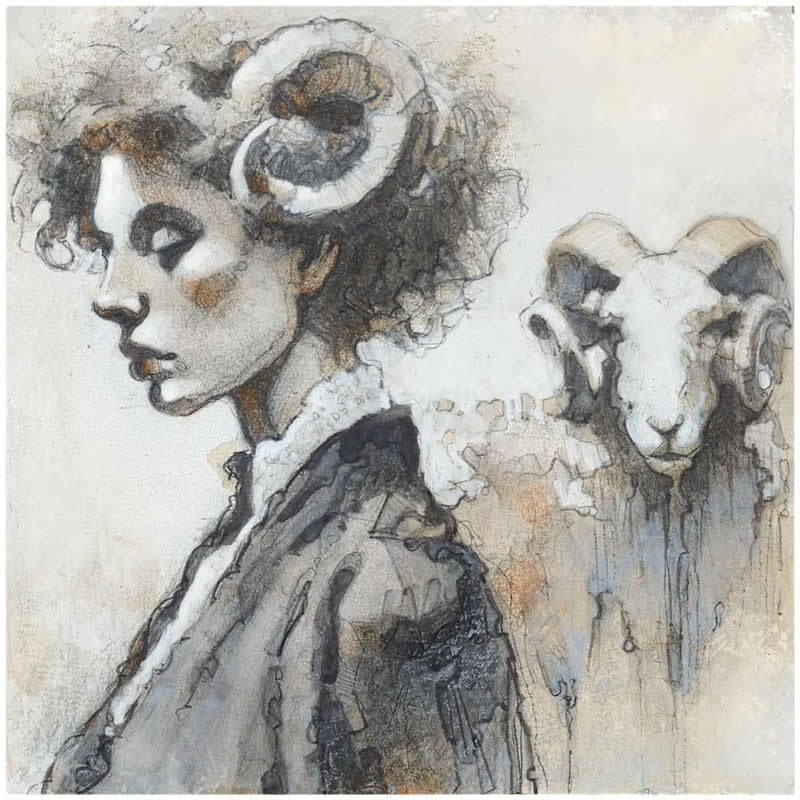
#5
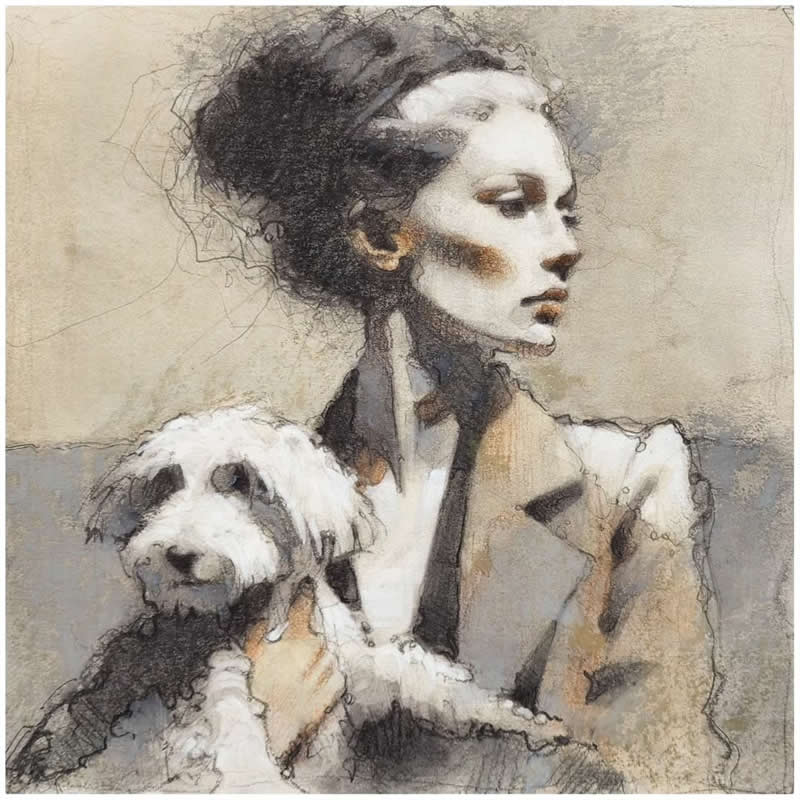
The Language of Layers
Mancini’s art thrives in the spaces where mediums collide. He layers pencil, ink, and watercolor to create textures that feel organic — almost breathing. The soft transparency of watercolor meets the sharp control of graphite, while ink injects rhythm and contrast. Together, they form a visual melody that mirrors the emotional complexity of his subjects.
His process isn’t just technical — it’s deeply intuitive. Every layer adds a new mood, a new voice. You can sense hesitation, confidence, and vulnerability blending together, just like harmonies in a song. This layered approach allows Mancini’s portraits to hover between two worlds — drawing and painting, realism and abstraction — making each piece feel alive and in motion.
#6
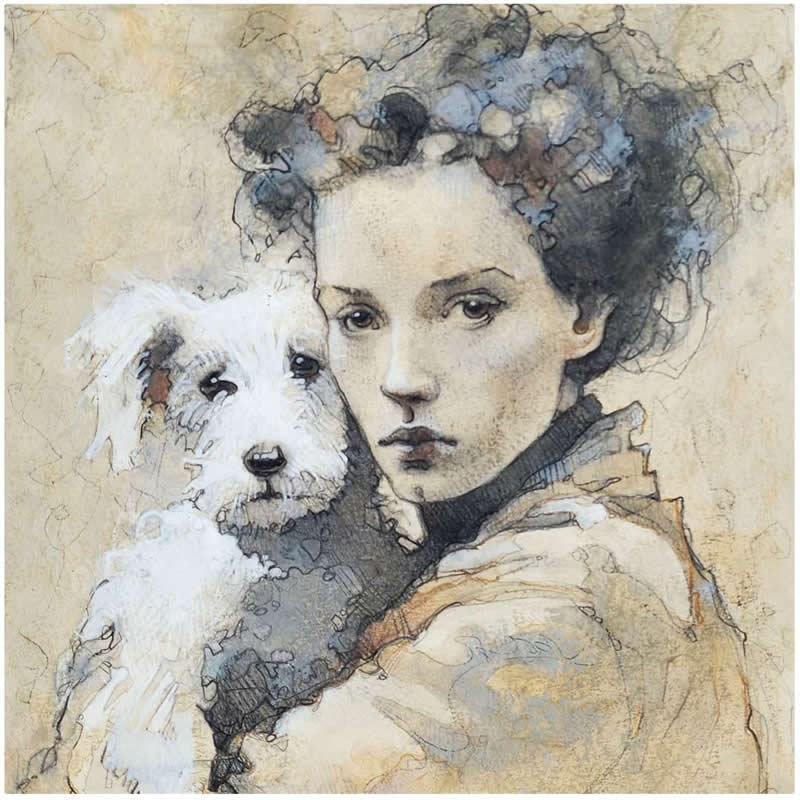
#7
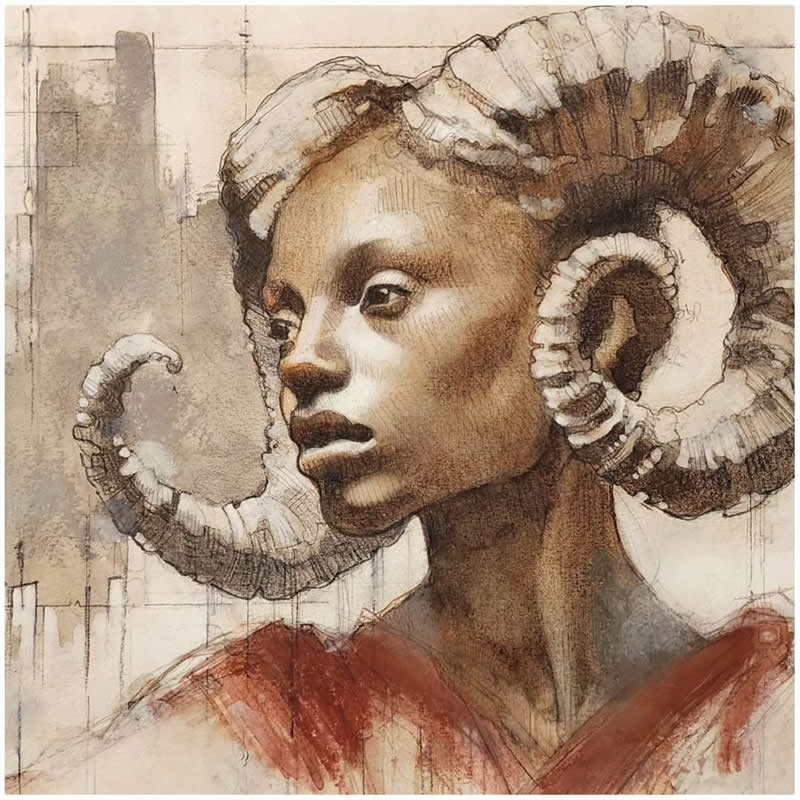
#8
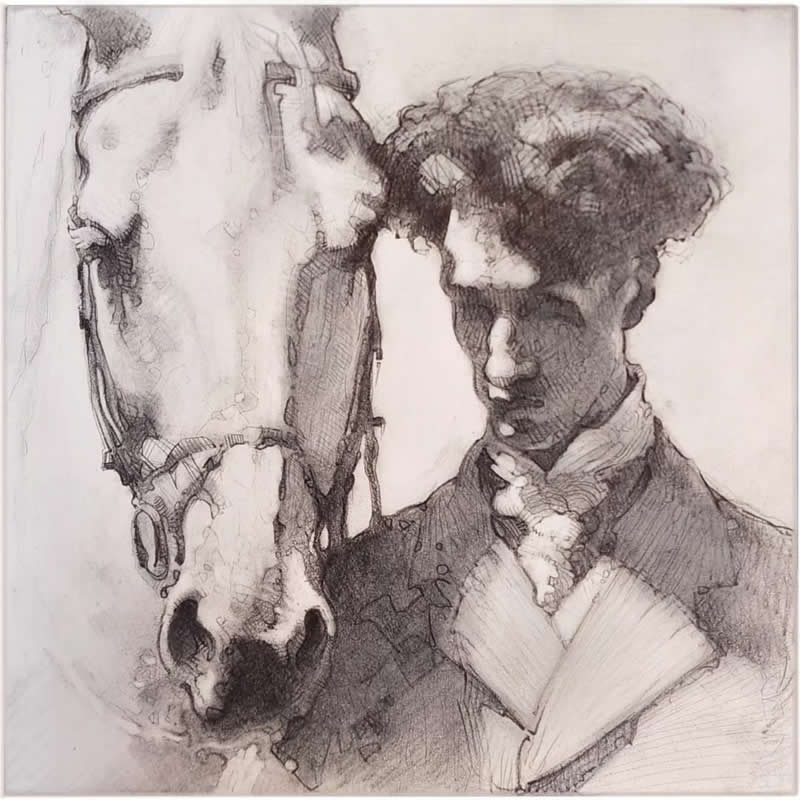
#9
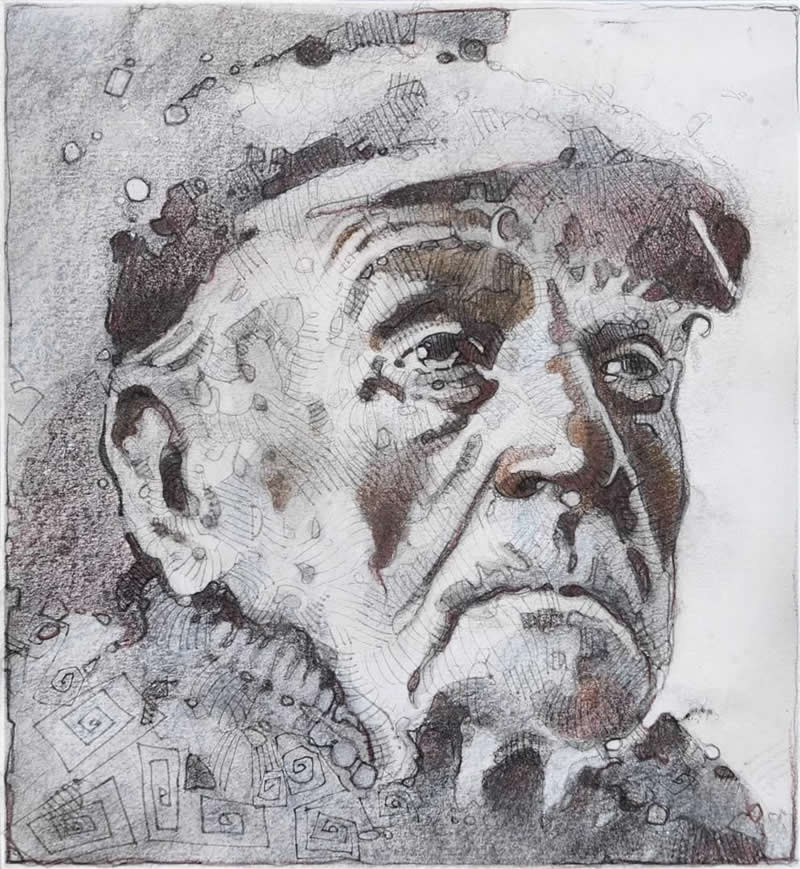
#10
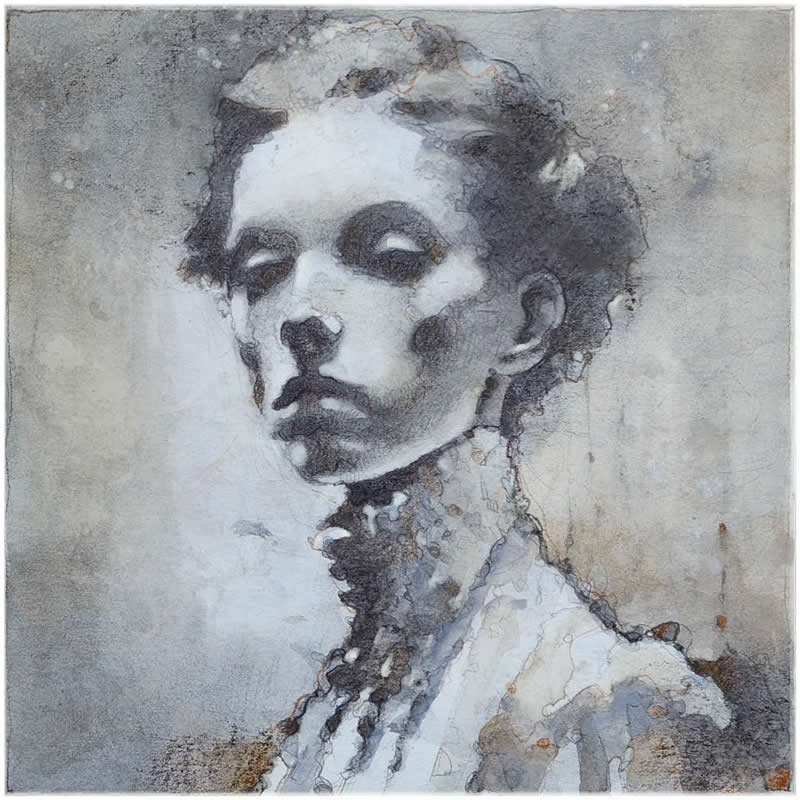
Music as Muse
For Alberto Mancini, music isn’t background noise — it’s the heartbeat of his art. Every brushstroke is guided by sound, by rhythm, by emotion. He often listens to the tracks that inspire his portraits while creating them — Into My Arms, Sonnet, A Letter to Elise — songs that carry both intimacy and melancholy.
You can feel that connection in his work. The emotions of those melodies seep into his colors, influencing how he balances softness and sharpness. His portraits don’t just show people — they show feeling. The cadence of music transforms his subjects into visual echoes of lyrics, where each line of ink feels like a whispered verse. Mancini turns sound into sight, giving music a visible, human face.
#11
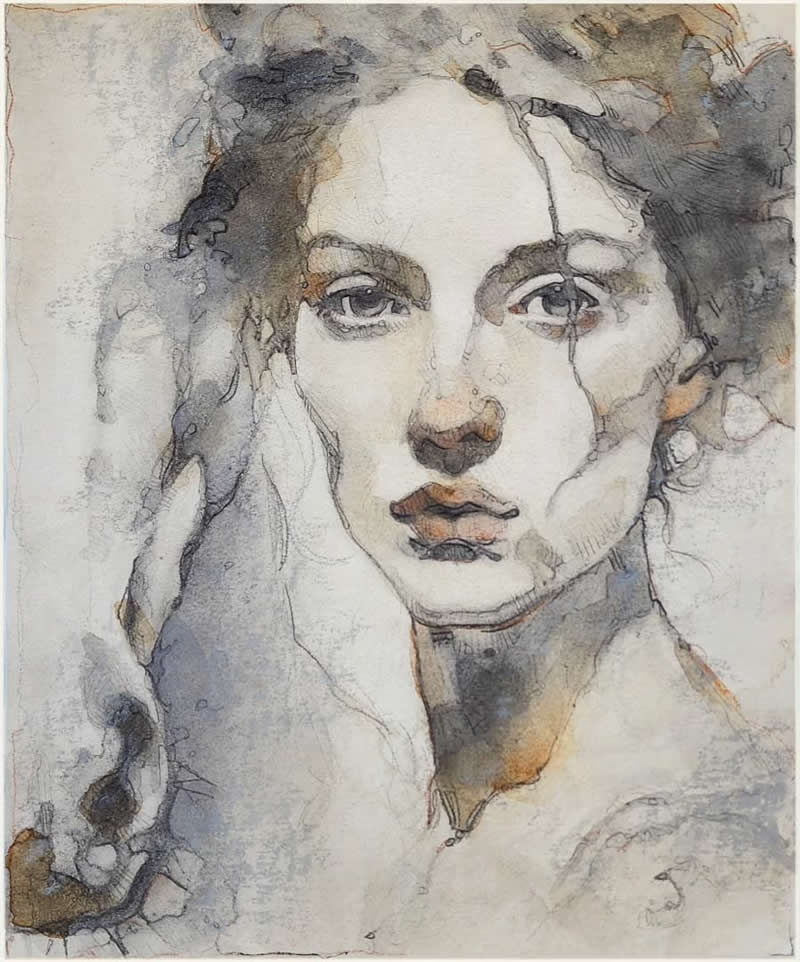
#12
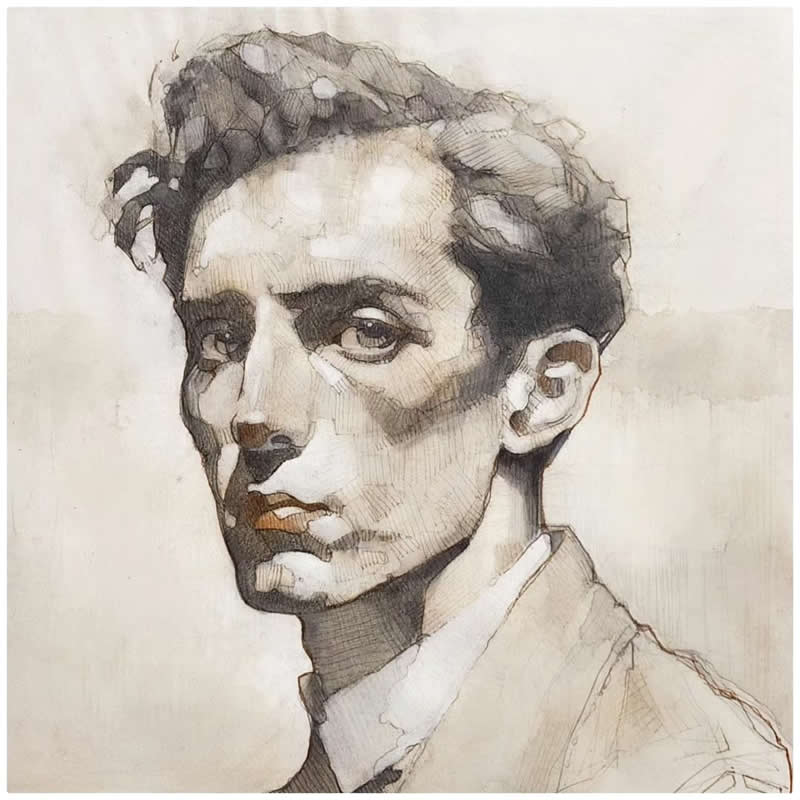
#13
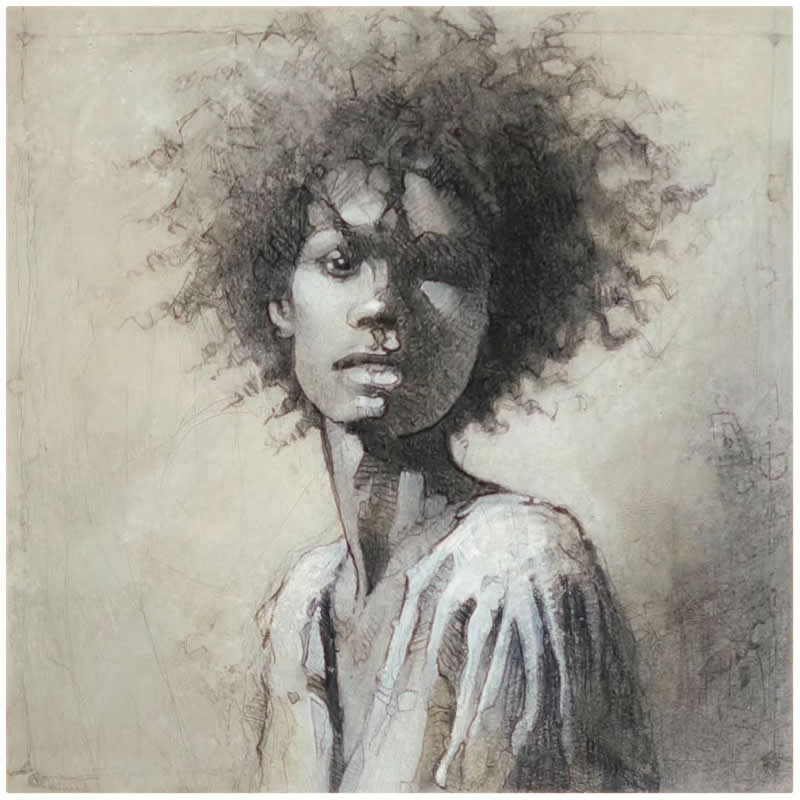
#14
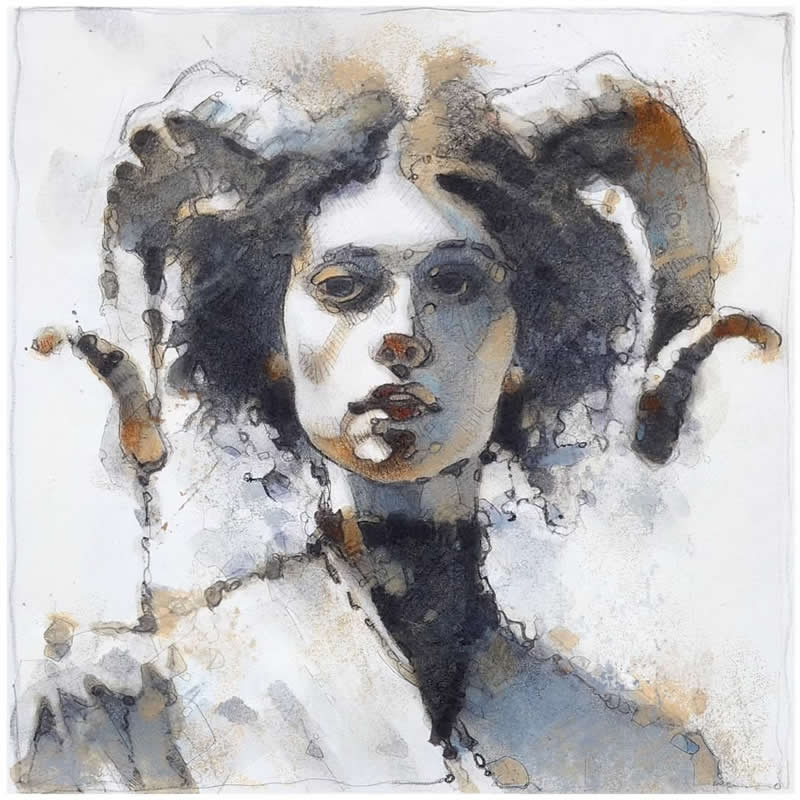
#15
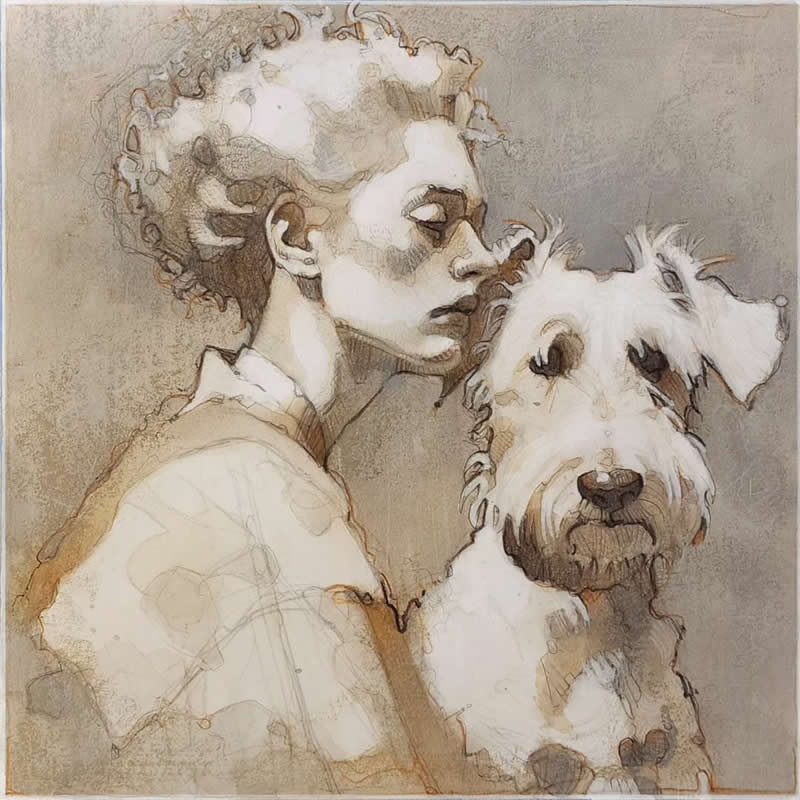
Between Realism and Emotion
There’s a fine line between what’s real and what’s felt — and Mancini walks it beautifully. His portraits don’t aim for perfect accuracy; instead, they chase the emotional truth behind a face. A blurred edge might represent memory. A loose ink line might suggest movement or thought. It’s realism infused with poetry.
This balance gives his work a cinematic quality — you’re not just looking at a portrait, you’re entering a mood. The figures seem to emerge and fade, as if captured in the fragile space between dreaming and waking. Each stroke carries intention, and every omission has meaning. Mancini reminds us that portraiture isn’t about likeness — it’s about emotional honesty.
#16

#17
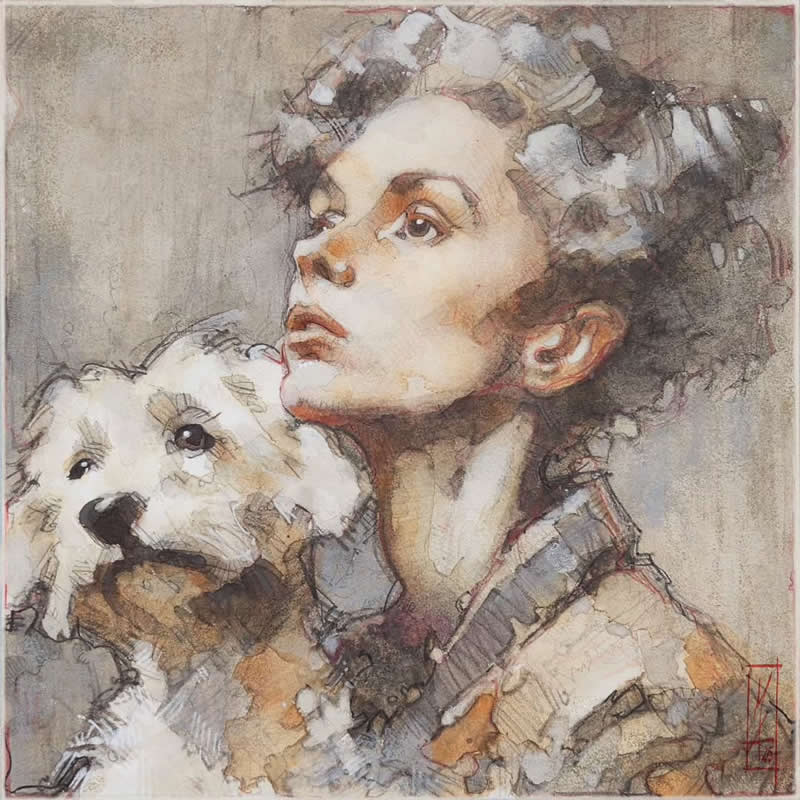
#18
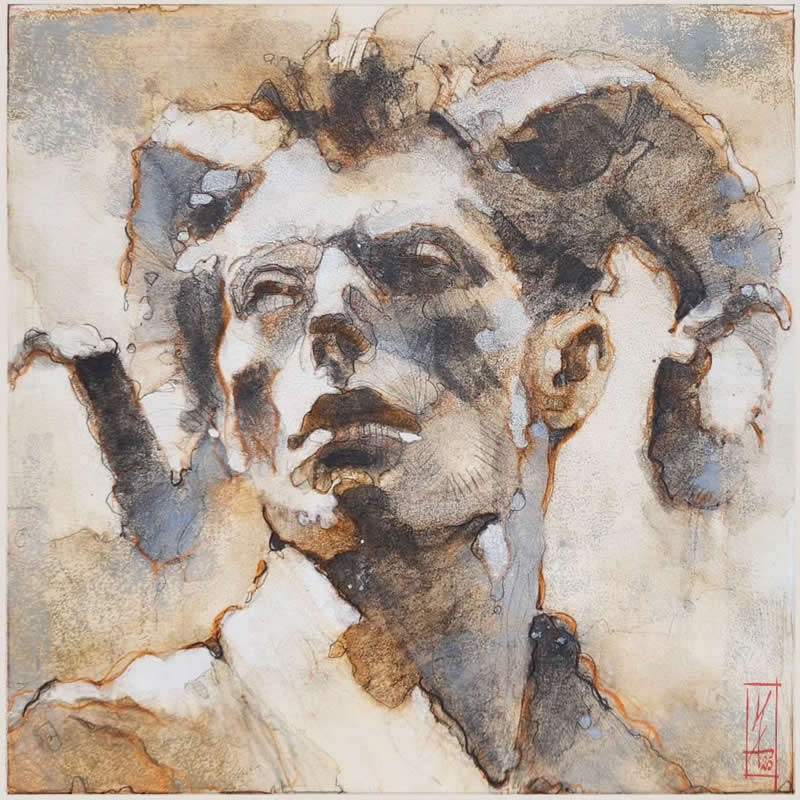
#19
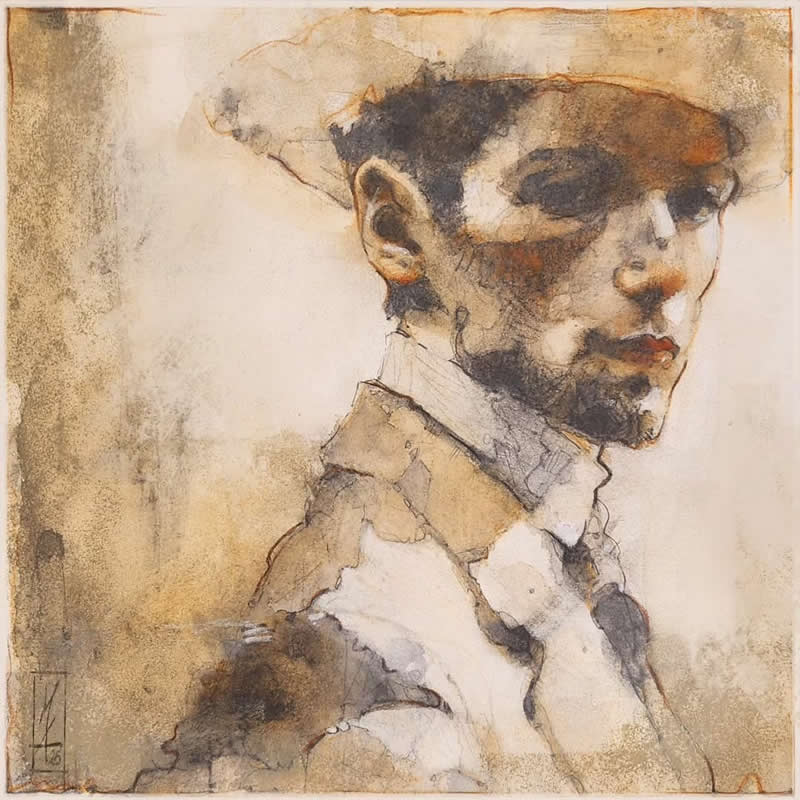
#20
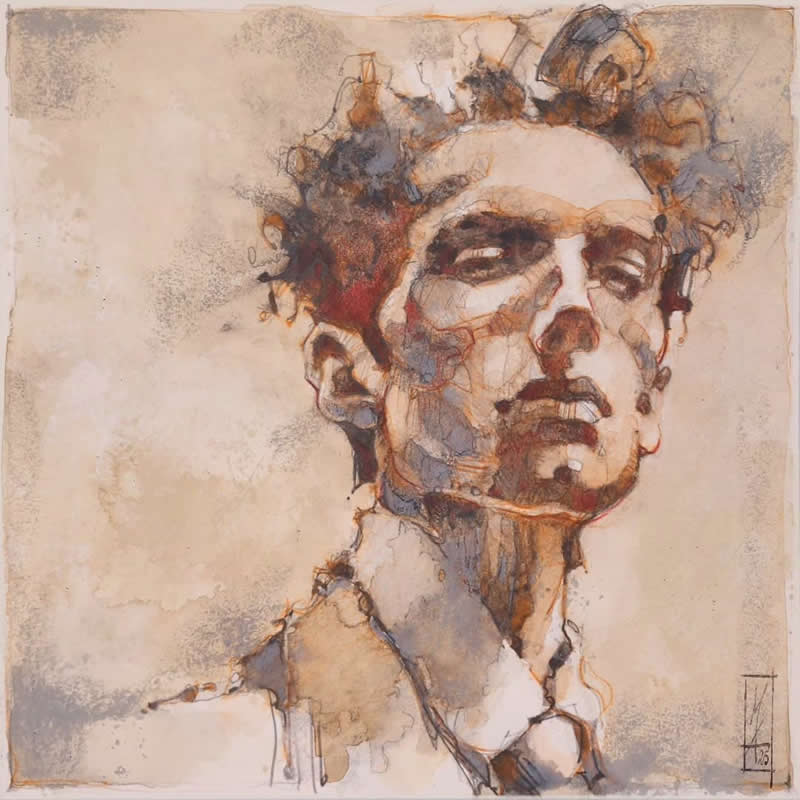
The Global Soul of an Italian Artist
Though born in Italy, Alberto Mancini now calls Brazil home — and that cultural duality breathes life into his art. His European sensibility meets Latin warmth, creating portraits that feel both classic and spontaneous. The influence of light, rhythm, and color from his surroundings adds a new heartbeat to his already expressive palette.
His time in Brazil has expanded his artistic voice, giving his work a global resonance that connects viewers across languages and emotions. You can see traces of Italian refinement in his technique, but also Brazilian vitality in his tones and textures. The result? Art that speaks universally — about humanity, memory, and emotion. Mancini’s portraits are more than faces on paper; they’re mirrors of our shared soul.
#21
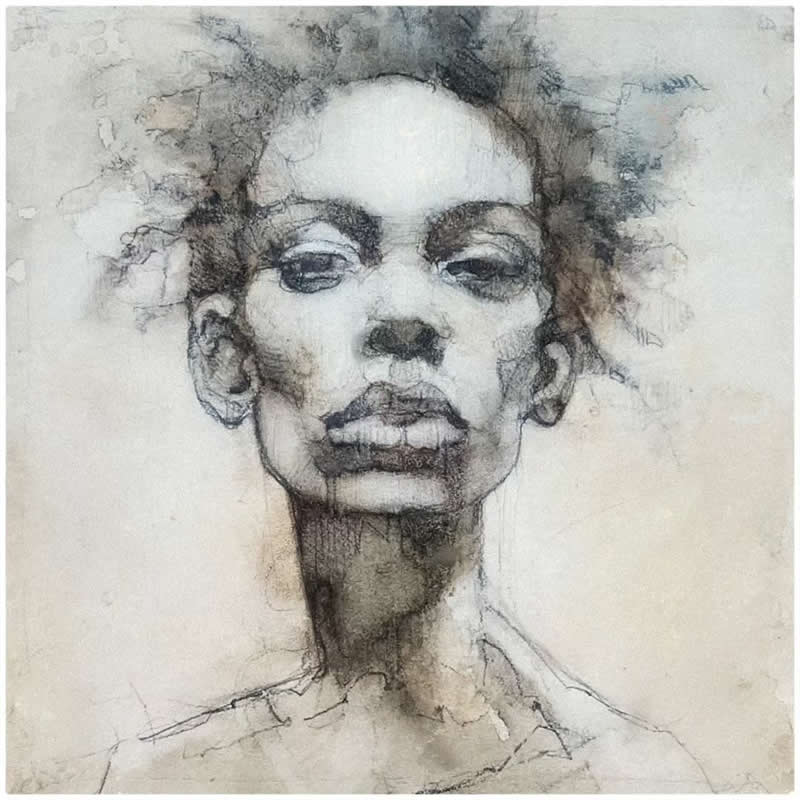
#22
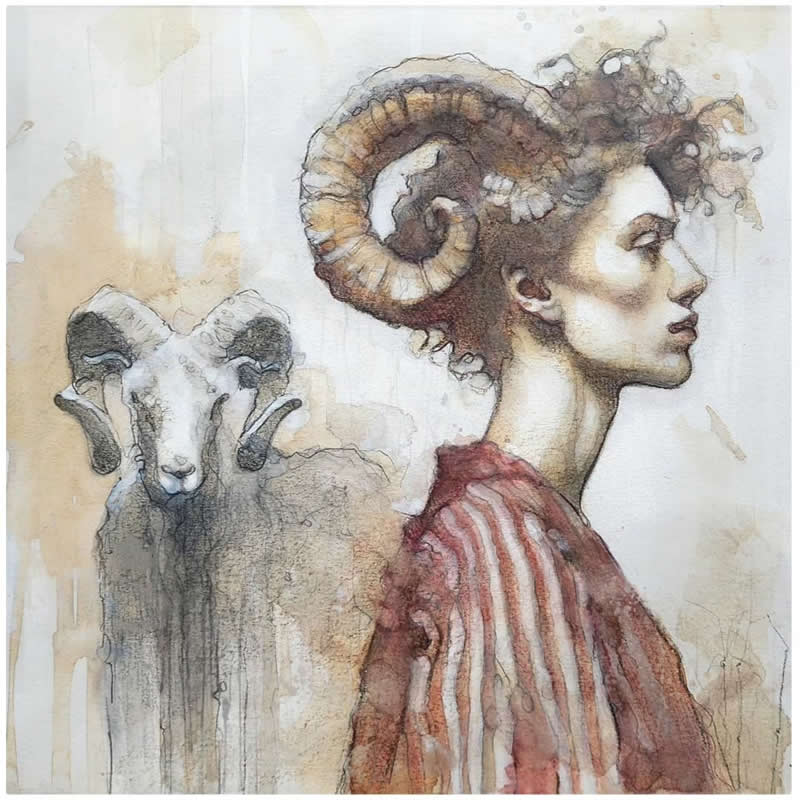
#23
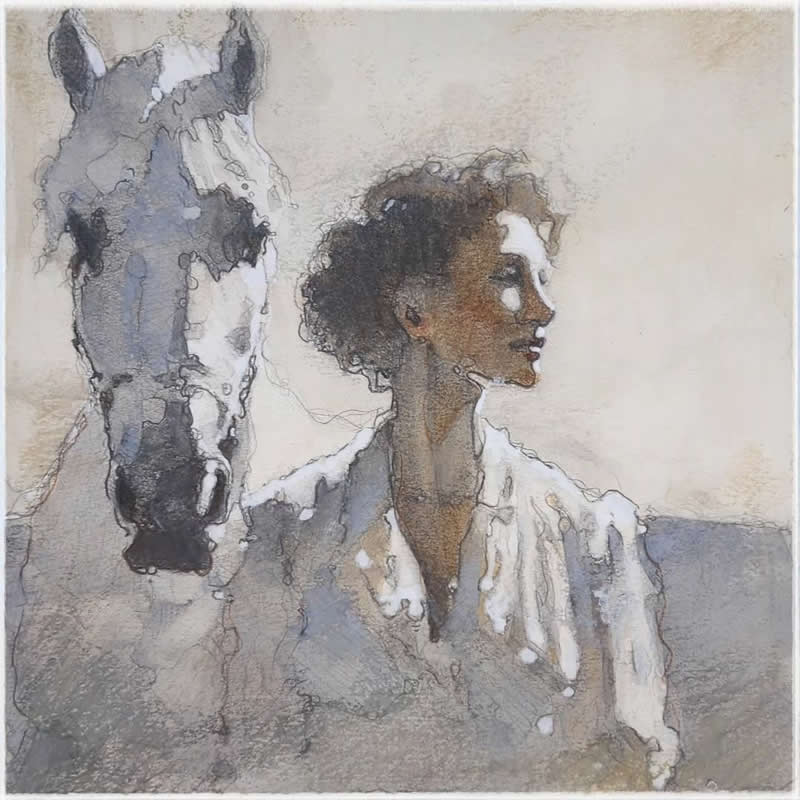
#24
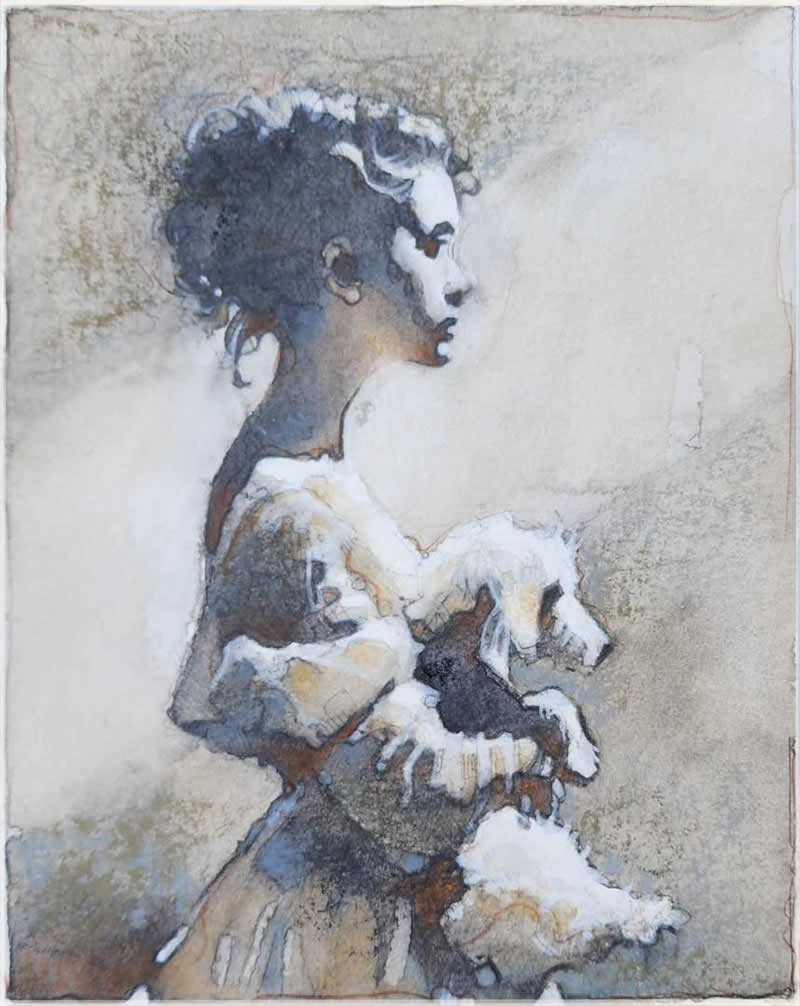
#25
